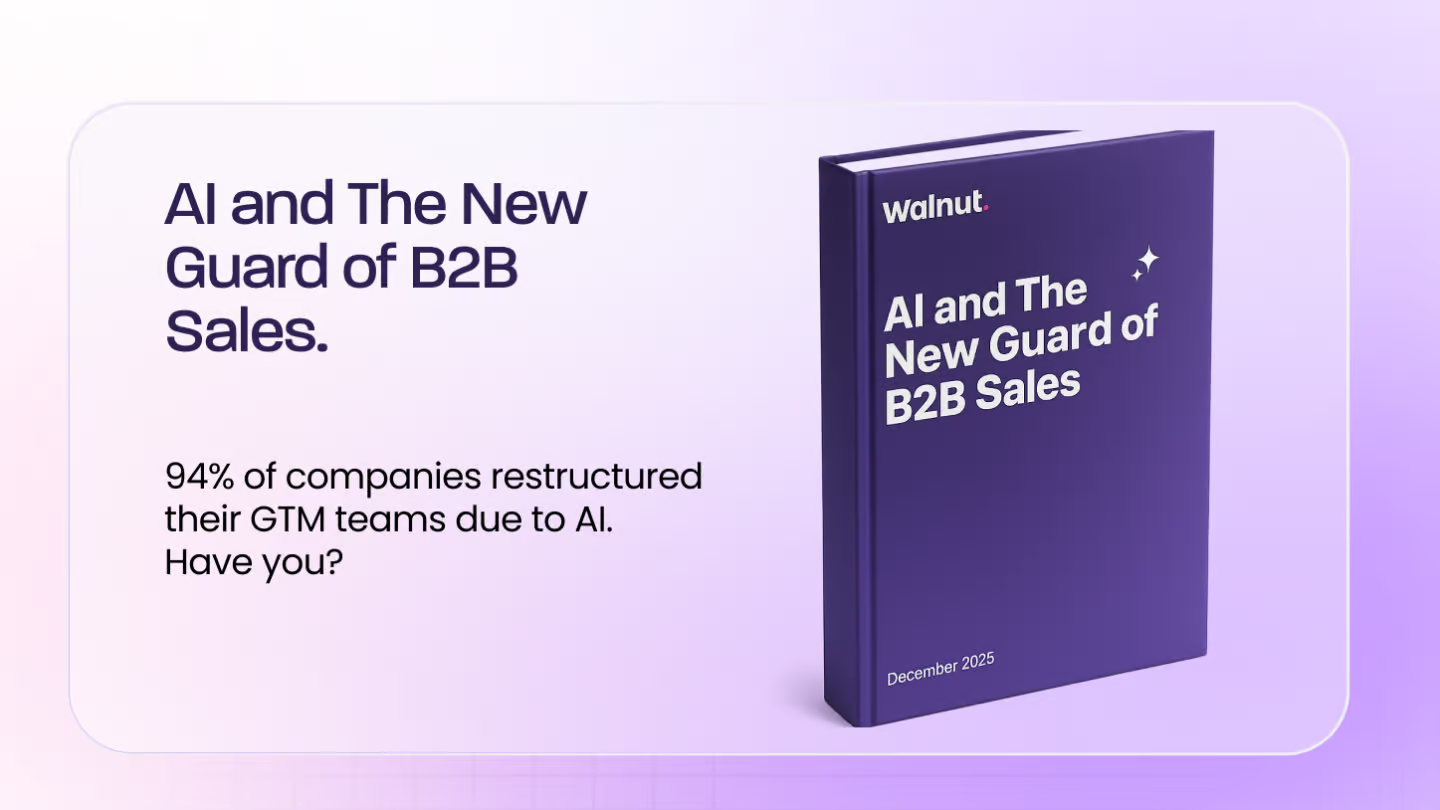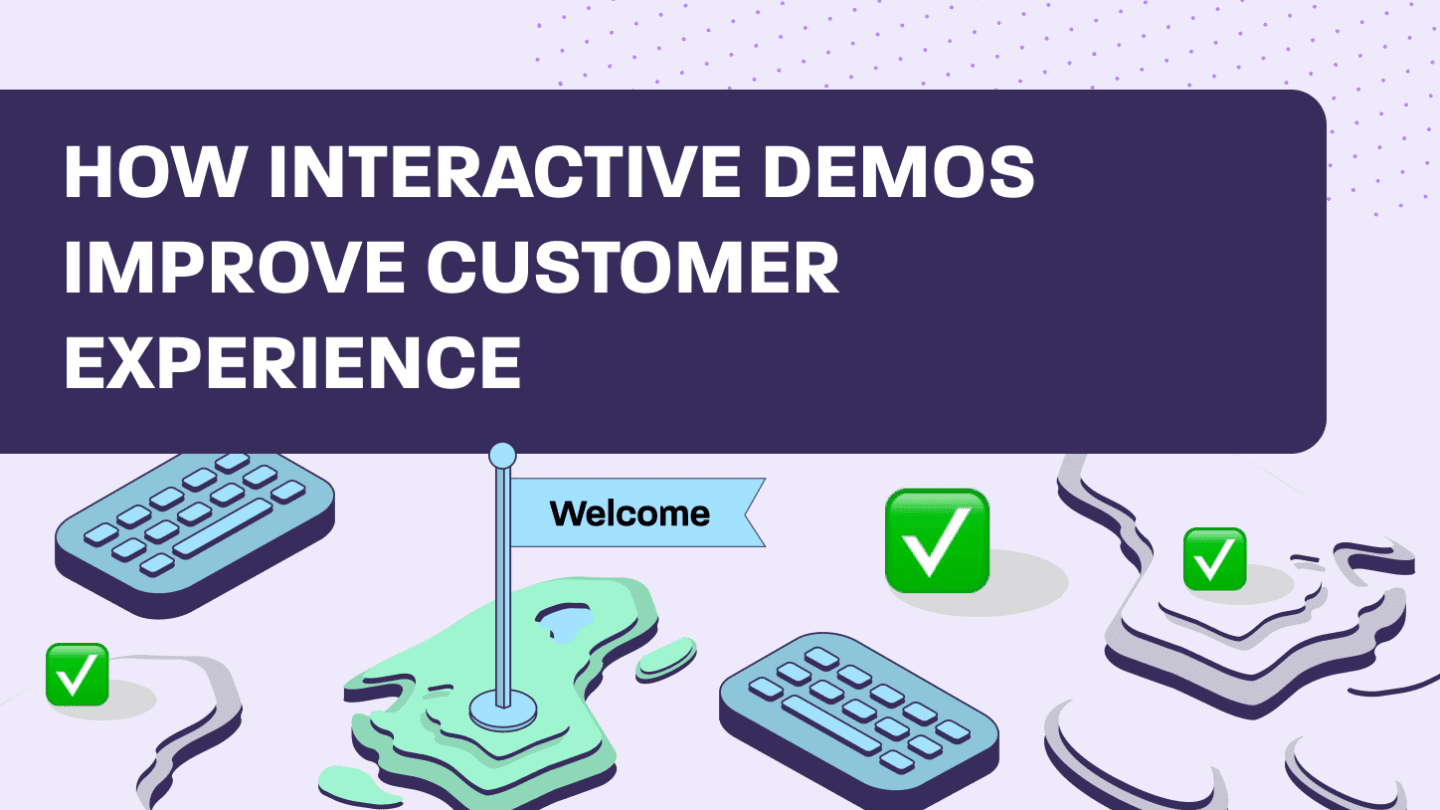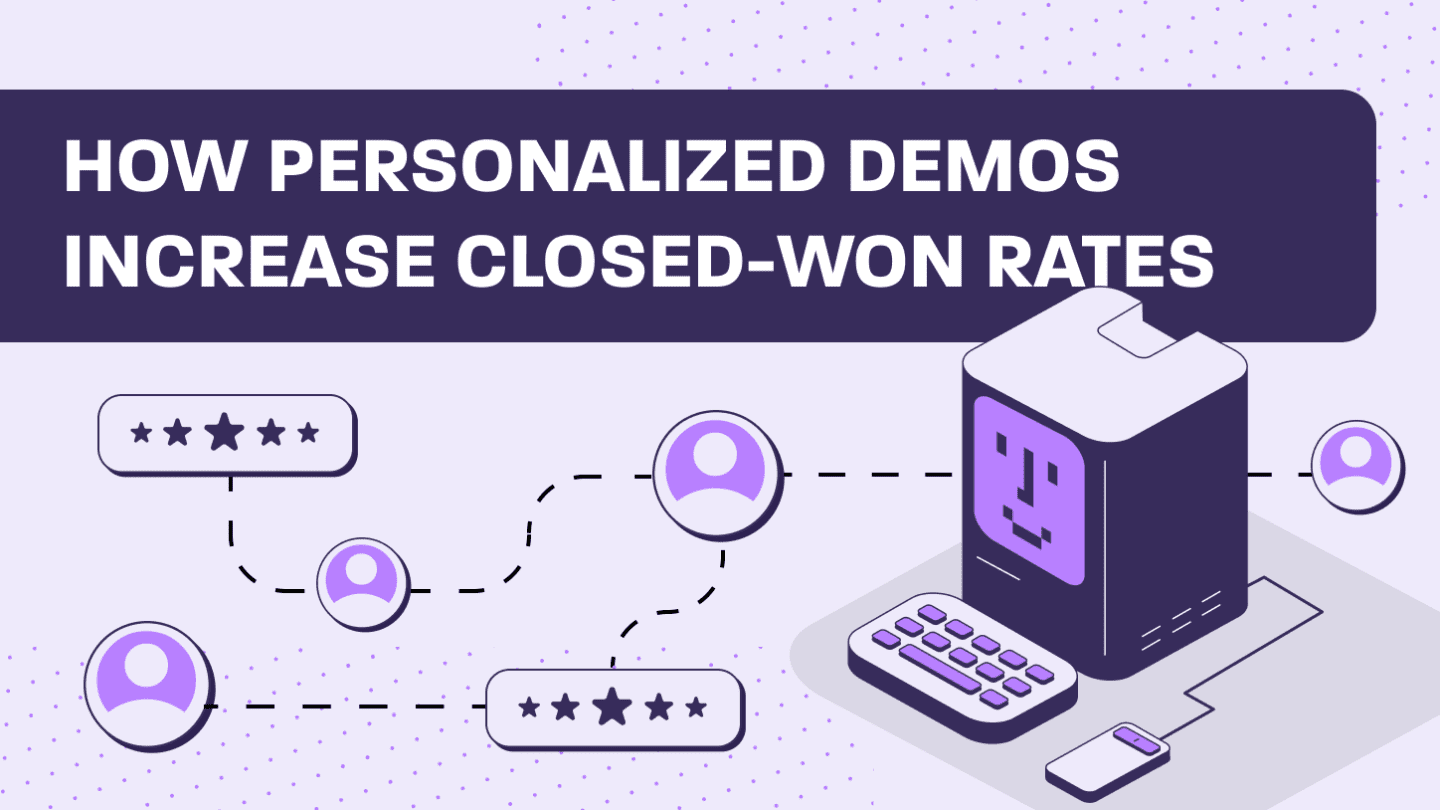For B2B SaaS companies, the debate between product-led vs. sales-led growth isn’t just theoretical. it determines how teams are structured, how budgets are spent, and how fast you can scale.
PLG and SLG aren’t just buzzwords. They’re operating systems that shape your entire go-to-market engine. You can use different strategies for your business.
- Product-led tactics include free trials and in-app onboarding.
- Sales-led methods involve outbound sequences and demos.
Your choice of strategy affects several areas:
- Hiring plans
- Marketing technology
- Sales cycles
- How you define your pipeline
Most buyers today are skeptical, time-starved, and allergic to friction. They expect consumer-grade experiences at every touchpoint. That means slow, clunky sales motions get skipped and products that fail to show value fast get ghosted.
So in a noisy market with rising CAC and dwindling attention spans, which approach really delivers, product-led vs sales-led?
Let’s break it down.
Side-by-Side Comparison: PLG vs. SLG
| Buying Motion | Self-serve, trial-first | Human-assisted, rep-driven |
| Primary Channel | Website, in-app experiences | Outbound, events, calls, demos |
| Speed to Value | High (instant access) | Medium to low (gated access) |
| Best For | SMBs, tech-savvy users, horizontal tools | Enterprise, regulated industries, complex tools |
| Buyer Experience | Low-friction, user-first | High-touch, consultative |
| Key Tools | Onboarding flows, product analytics, interactive demos | CRM, sales playbooks, live demos |
| Demo Strategy | Embedded interactive tours, DQL-to-AE conversion | Live demos, follow-up decks, leave-behinds |
| Sales Cycle Duration | 40–84 days avg. (up to 170 for large deals) | 90–180+ days common in enterprise |
| Variability | 3 weeks to 9–12 months depending on product complexity | More predictable, but longer |
| CAC | Lower upfront but volatile | Higher, offset by higher LTV |
| Influencing Factors | Product onboarding, TTV, buyer journey | Deal size, buying committee, POCs |
| Headcount | Leaner GTM team (growth + product heavy) | Larger teams (AEs, SEs, BDRs) |
| Risks | High user abandonment, low expansion without sales | Bottlenecks, misalignment, inconsistent demos |
| Conversion Levers | Product engagement, personalized demos, intent data | Champion enablement, tailored discovery, SE support |
Product-led vs. Sales-led metrics: What the Data Says
| Metric | PLG | SLG |
|---|---|---|
Free Trial → Paid Conversion | 2–25%, depends on activation | N/A |
MQL → SQL Conversion | Up to 10x with interactive demos | ~36% of leads become qualified opportunities (Gartner) |
| CAC | Lower with strong onboarding | Higher, but predictable with enterprise deals |
What this tells us: PLG is fast, but fragile. SLG is reliable, but resource-heavy. Most high-performing SaaS companies blend both.
PLG offers speed, scalability, and a cost-effective way to gain early interest. However, it also has some volatility. If users don’t see value immediately, they churn. You are using your product experience to replace a sales team. This works best when onboarding is easy, clear, and helps users find their first ‘aha’ moment quickly.
SLG, on the other hand, offers more control. A well-trained sales team can diagnose needs, build relationships, and tailor messaging to each account. But this model is heavier on resources and can slow down time-to-value, especially for buyers who just want to try the product.
That’s why the most successful SaaS companies are not asking “product-led vs. sales-led?” They are creating a full-funnel engine that uses the best of both. Let the product do the work where it shines—capturing early attention, qualifying leads, and educating buyers. Then bring in sales to guide, consult, and close.
It’s not about choosing a lane. It’s about building a system where PLG feeds SLG—and vice versa.
Product-led vs. Sales-led, What’s the Time & Cost Tradeoff?
PLG Pros:
- Scales with minimal headcount
- Lower CAC if trial is optimized
- Captures product-qualified leads (PQLs) faster
PLG Cons:
- High drop-off before value realization
- Users don’t always convert without human help
SLG Pros:
- Tailored conversations = higher close rates
- Better suited for multi-stakeholder or regulated deals
SLG Cons:
- Costly to scale
- Long ramp-up and demo prep cycles
Our research from SE leaders showed that teams relying only on SLG often face problems. They experience demo bottlenecks, inconsistent messaging, and burnout. This is especially true when Sales Engineers are overworked. They struggle to prepare custom environments or repeat the same workflows by hand.
Meanwhile, PLG teams face their own set of challenges. Self-serve trials can be efficient and scalable. However, they often fail when users cannot quickly see how the product helps them. The data shows a clear trend: average trial-to-paid conversion rates are about 25%. These rates drop significantly if activation is slow or if the user experience is unclear.Even extending trial lengths doesn’t fix this—if value isn’t surfaced fast, users lose interest.
In other words, PLG teams aren’t failing because of the model—they’re failing because buyers don’t have enough guidance. Without interactive demos, in-app tours, or tailored onboarding, the path to the ‘aha’ moment is too murky. And without that moment, trials stall and conversions suffer.
Both models hit limits when they operate in isolation. Success today hinges on combining the strength of product experiences with targeted sales support.
A New Contender: Product-Led Sales
Many go-to-market teams aren’t picking sides. They’re building hybrid models that combine the best of both product-led and sales-led strategies.
This hybrid approach allows companies to operate with greater flexibility, scale self-service acquisition. This approach still delivers a personalized experiences to enterprise buyers who require more consultative touchpoints.
PLG handles the top of the funnel—pulling in users at scale through trials, freemium models, and interactive demos. SLG takes over for high-value opportunities, guiding champions and stakeholders through complex purchase decisions.
Research shows that companies using hybrid GTM models adapt better to market changes. They also see more steady growth. For example, they can help small and medium businesses with easy onboarding. They also provide sales support for mid-market or enterprise customers who want a personal touch.
These companies use data from trials, demo engagement, and in-product activity. This helps them send strong leads to sales. They do this at the right time. This way, no opportunity is missed.It’s a strategy that doesn’t compromise speed for depth—it maximizes both.
As McKinsey notes, the future of GTM is not PLG or SLG. It is PLS: Product-Led Sales. This model lets the product attract buyers, while sales teams help them complete the purchase.
Product-led sales:
- Uses PLG motion to generate demand via free trials or self-guided demos
- Identify PQLs using product usage or demo engagement analytics
- Route high-intent users to AEs for tailored, high-touch closing
Companies using interactive demos from tools like Walnut are seeing:
- Shorter sales cycles
- Higher trial-to-paid conversions
- Scalable demo consistency across PLG and SLG motions
Walnut’s POV: Buyer-Led Growth
We don’t believe the deal ends at the sale, it’s just getting started.
Walnut believes in Buyer-Led Growth. Buyer-Led Growth is not just about closing the initial sale; it’s about guiding buyers throughout their entire lifecycle. That’s why Walnut helps buyers succeed across the entire journey, from first click to full rollout.
Whether it’s reaching time-to-value faster, enabling customer onboarding, or empowering internal teams, aim for long-term success by making the buying (and owning) process frictionless, easy, and dare we say, even enjoyable.
This approach fosters genuine partnerships. The kind of partnership that reduces churn, creates advocates, and powers growth. We believe that by reducing obstacles throughout the software journey, we can help both buyers and sellers reach their goals.Our interactive demos and Interactive Deal Rooms help buyers learn and explore on their own terms. At the same time, they give sellers the tools to offer focused support and speed up sales.
TL;DR: Choose the Strategy That Matches Your Market
| If you sell to… | Prioritize… |
|---|---|
| Tech-savvy SMBs | PLG with interactive self-guided demos |
| Enterprise buyers | Interactive Demos let buyers self-educate, introduce SLG with live, consultative demos |
| Mixed audience | Product-Led Sales until buyers signal that a more guided approach is necessary |
| Anyone with a pulse | Always prioritize Buyer-Led Growth. Meet your customers where they are in their stage with the right channel and content. Guide them throughout their journey and create loyal advocates. |
Buyer-Led Growth: Walking in Your Customers’ Shoes
The key to success lies in truly understanding your customers. It’s not about pushing them down your sales funnel. Walk alongside them, every step of the way. That’s buyer-led growth in a nutshell.
Be a helpful guide, and offer the right information through your prospects’ most comfortable channels, at the exact moment it matters most to them. This approach builds trust, shows you genuinely care, and ultimately leads to more natural and lasting growth. It’s about shifting from pushing products to genuinely helping your customers make the best decisions for themselves.
Whether you opt for product-led tactics like free trials and seamless in-app onboarding, or lean into sales-led methods such as personalized demos and outbound sequences, your decision will shape how you structure your teams, allocate budgets, and accelerate growth.
Buyers want smooth, easy experiences, even when using complex tools. Knowing these strategies helps you create a custom, efficient process that connects with your audience. By leveraging targeted account organization and smart views for precise outreach, you can maximize your impact and scale smarter. In the end, the most effective strategy aligns with your unique product, market, and customer needs.
Start building interactive demos today with Walnut.
Get started





